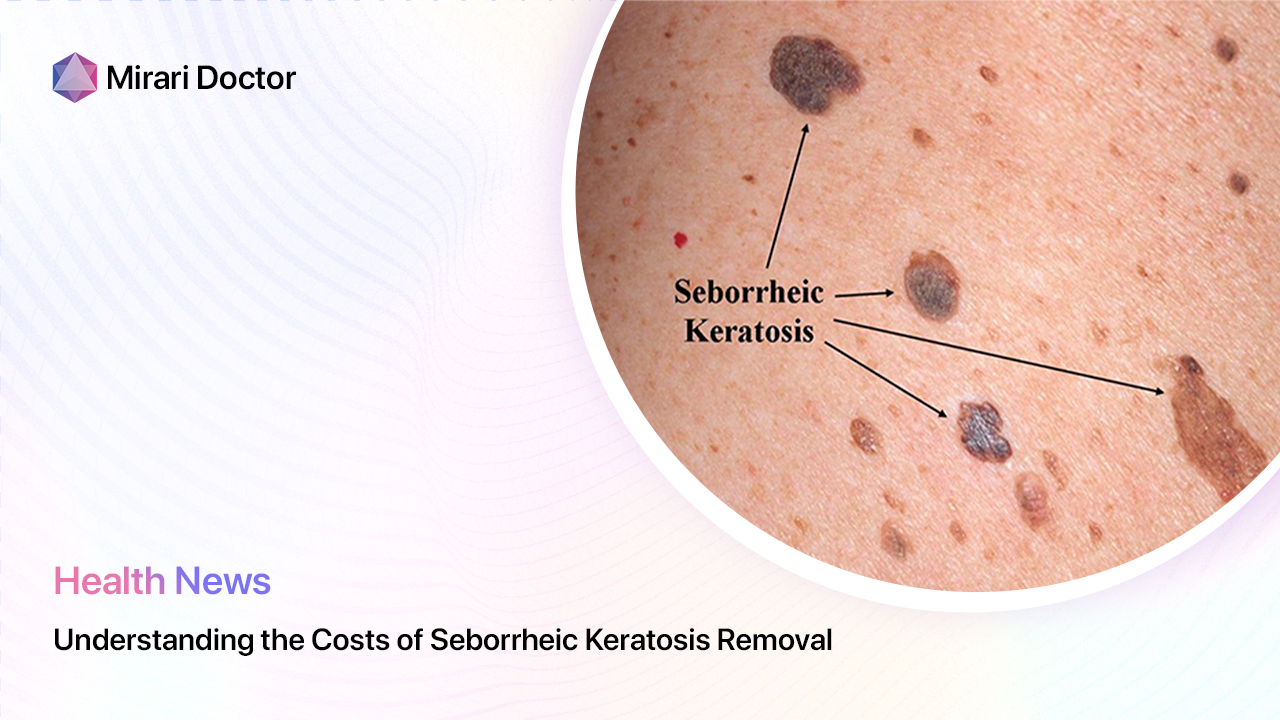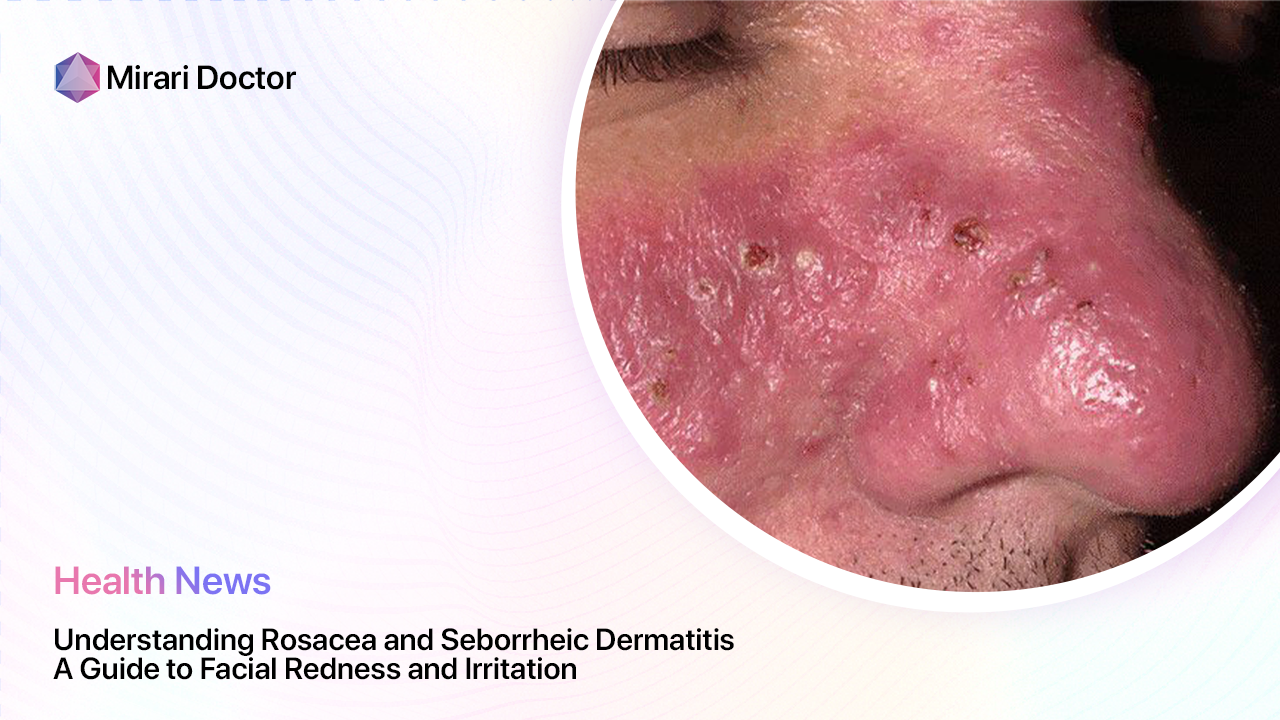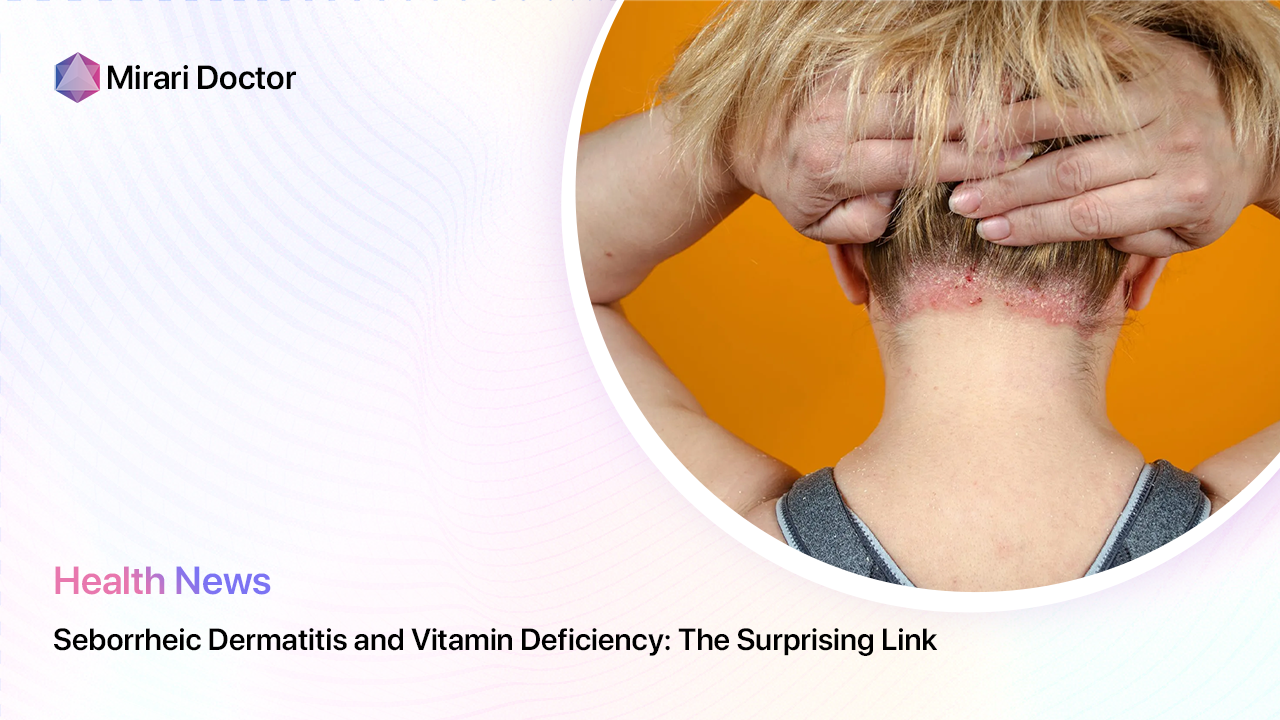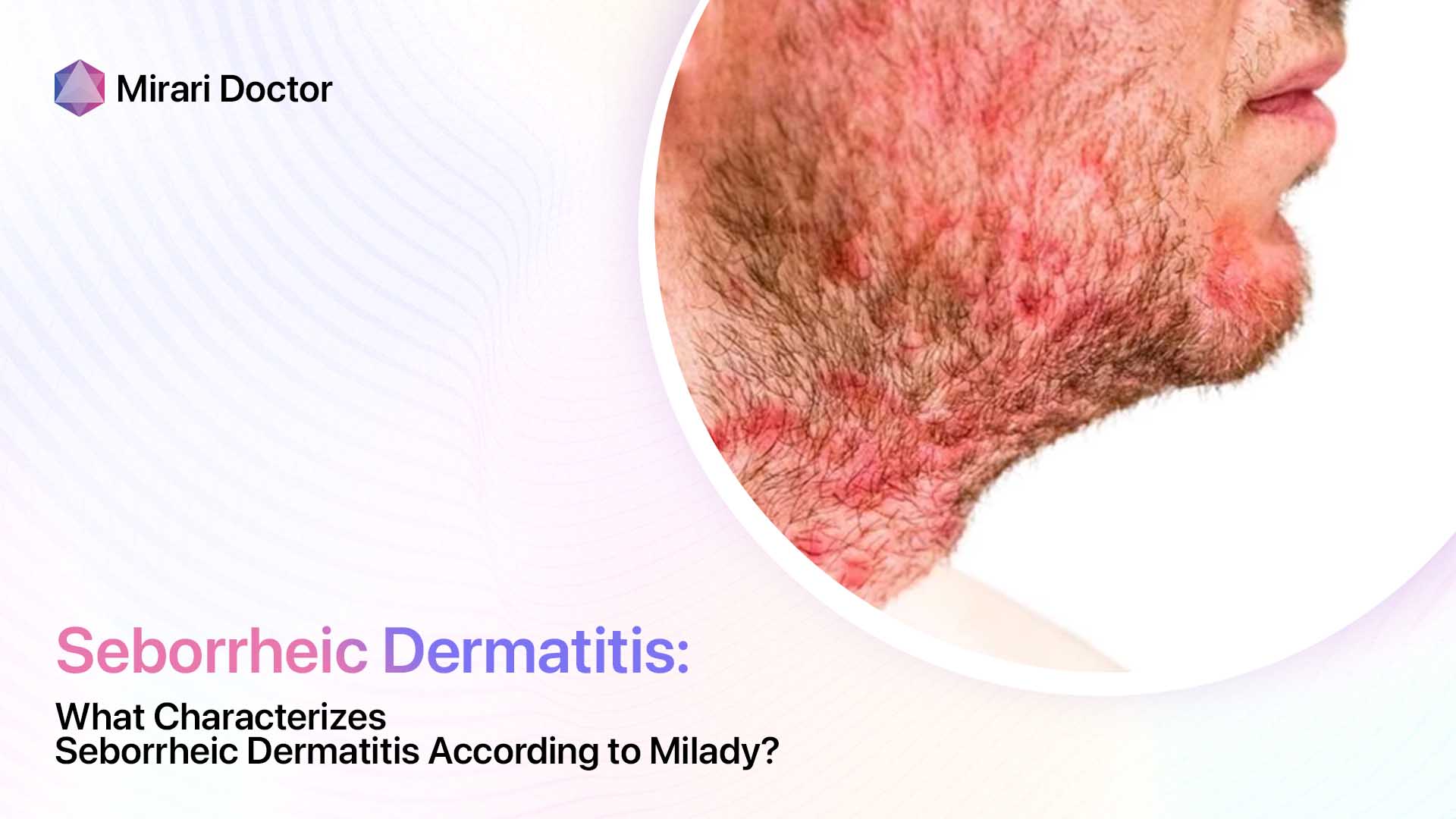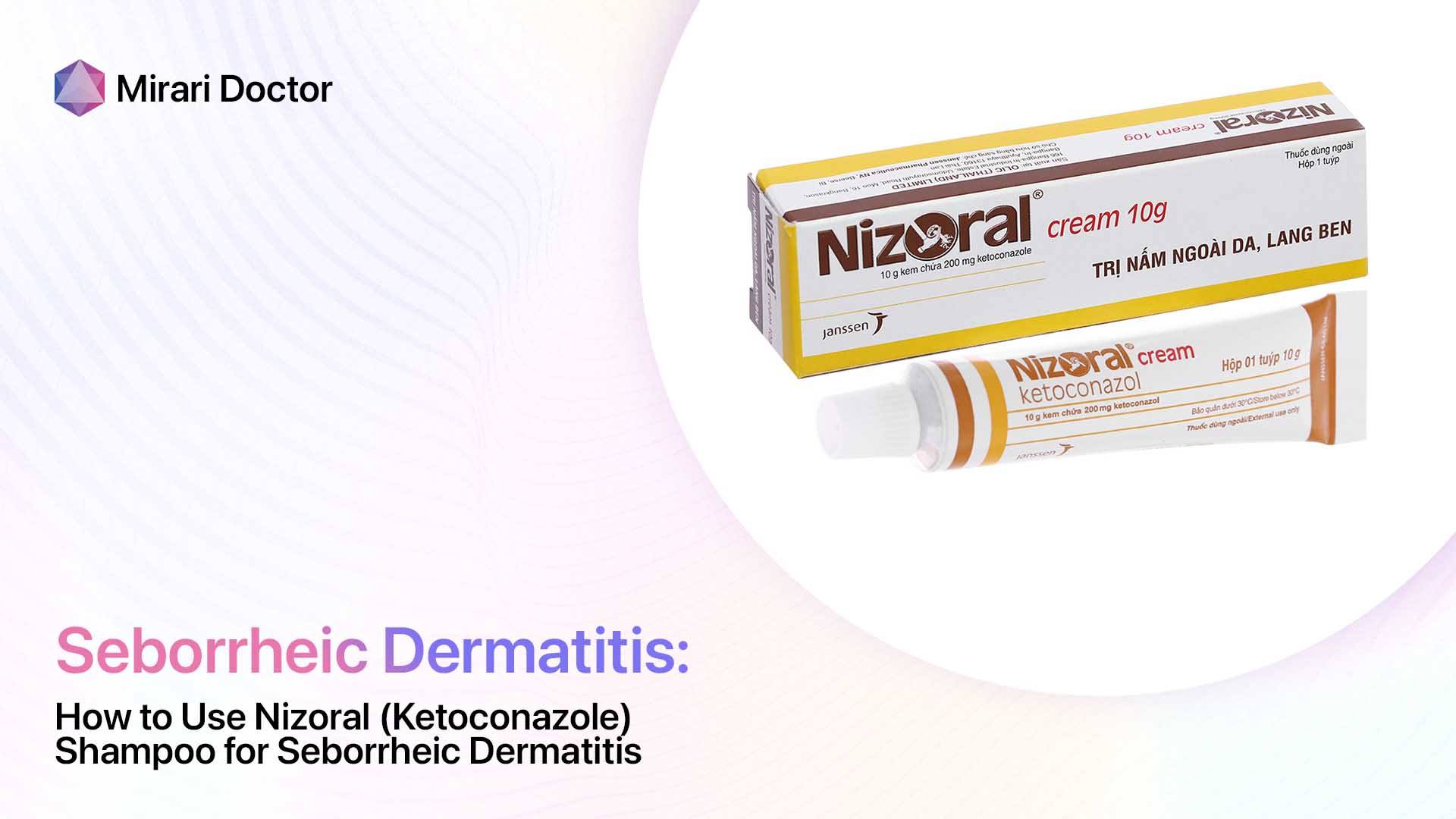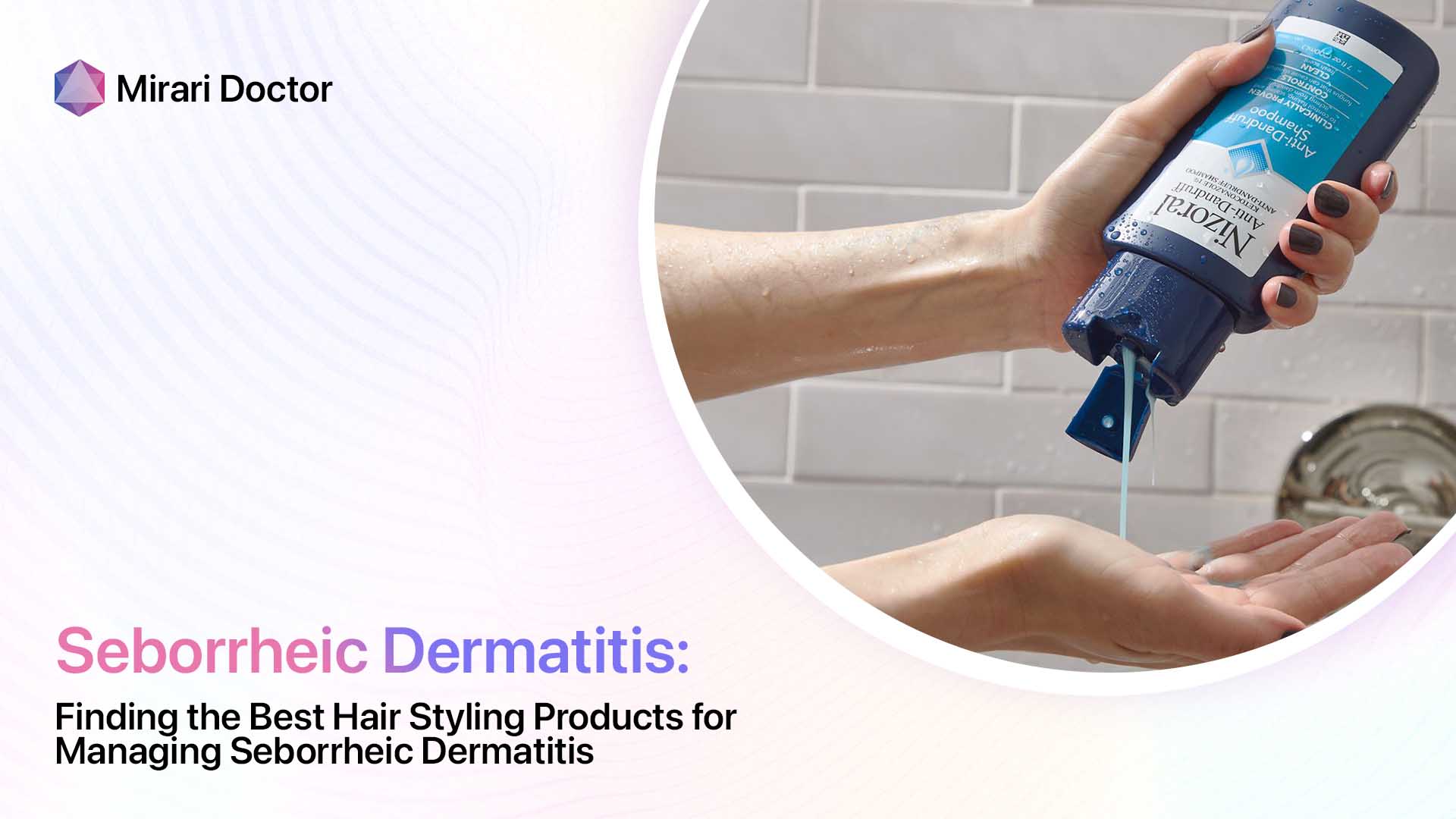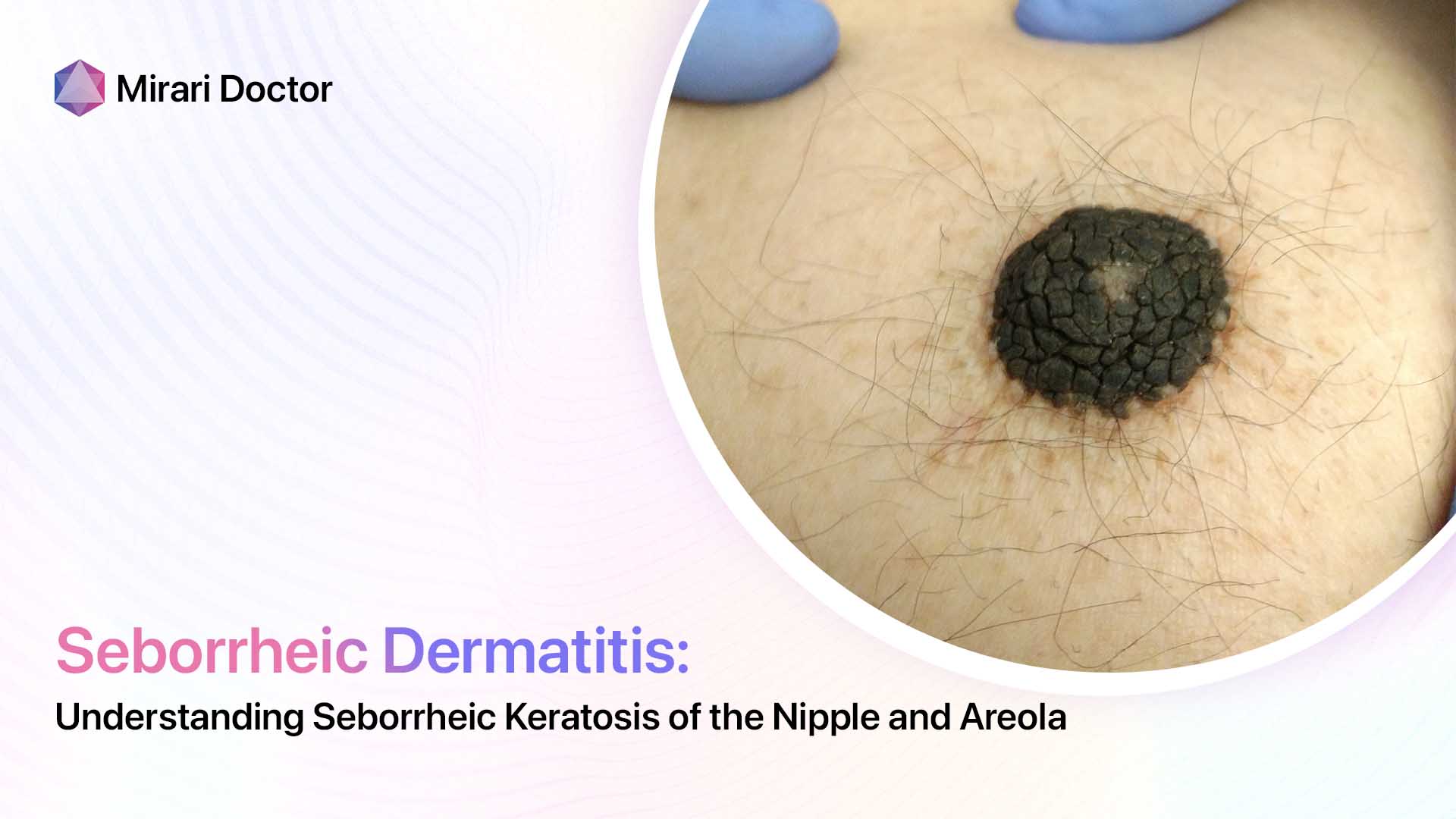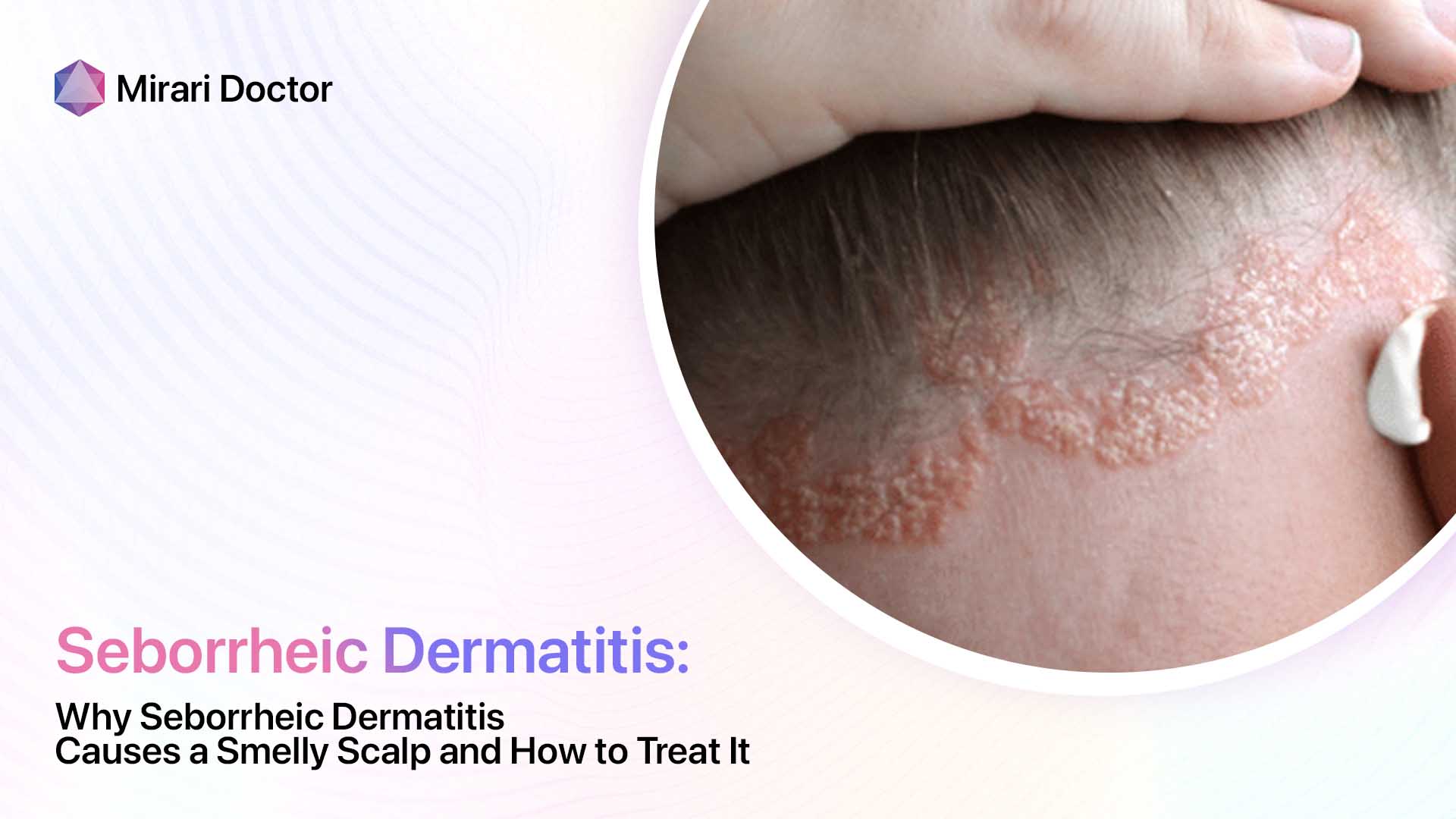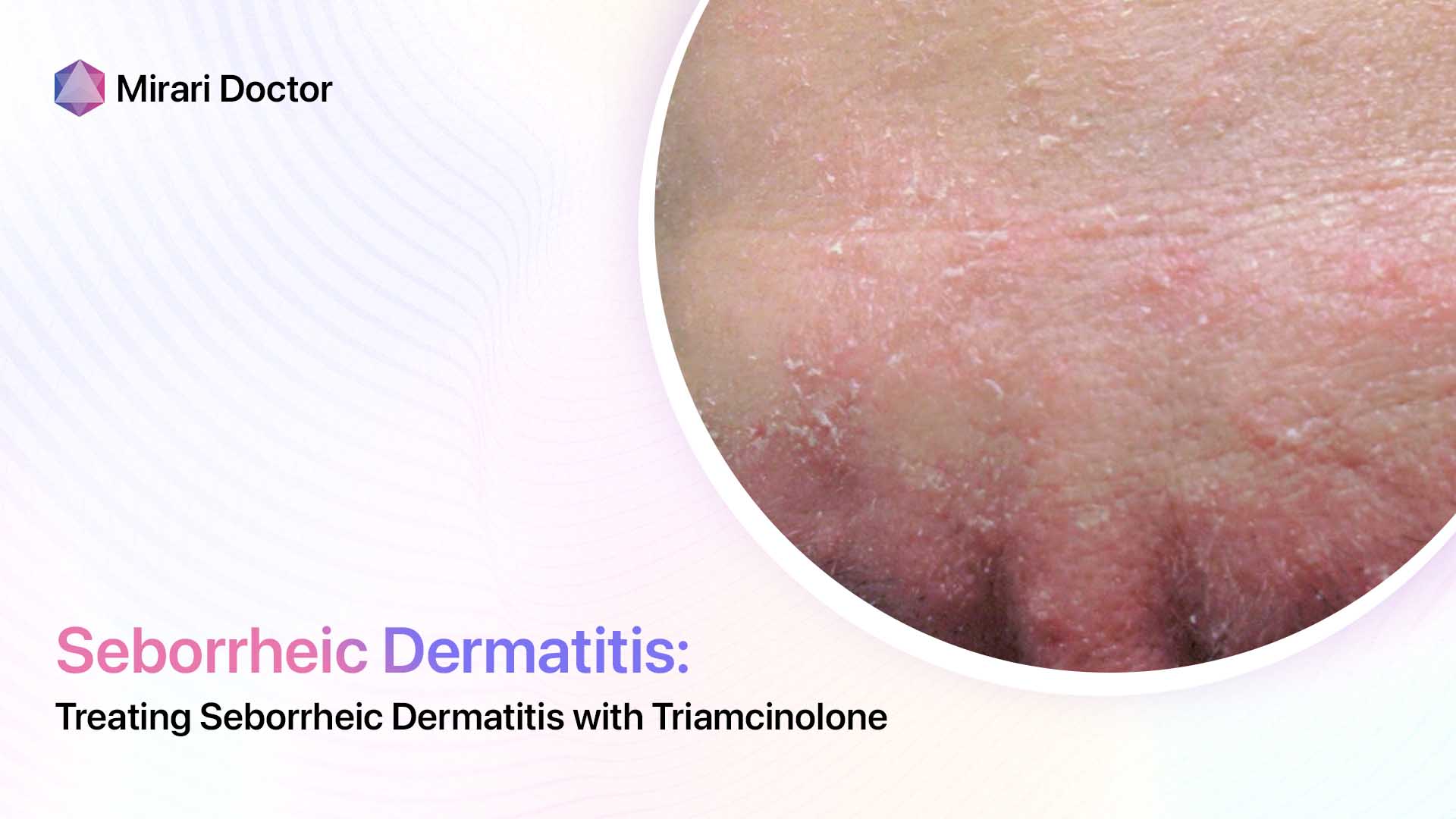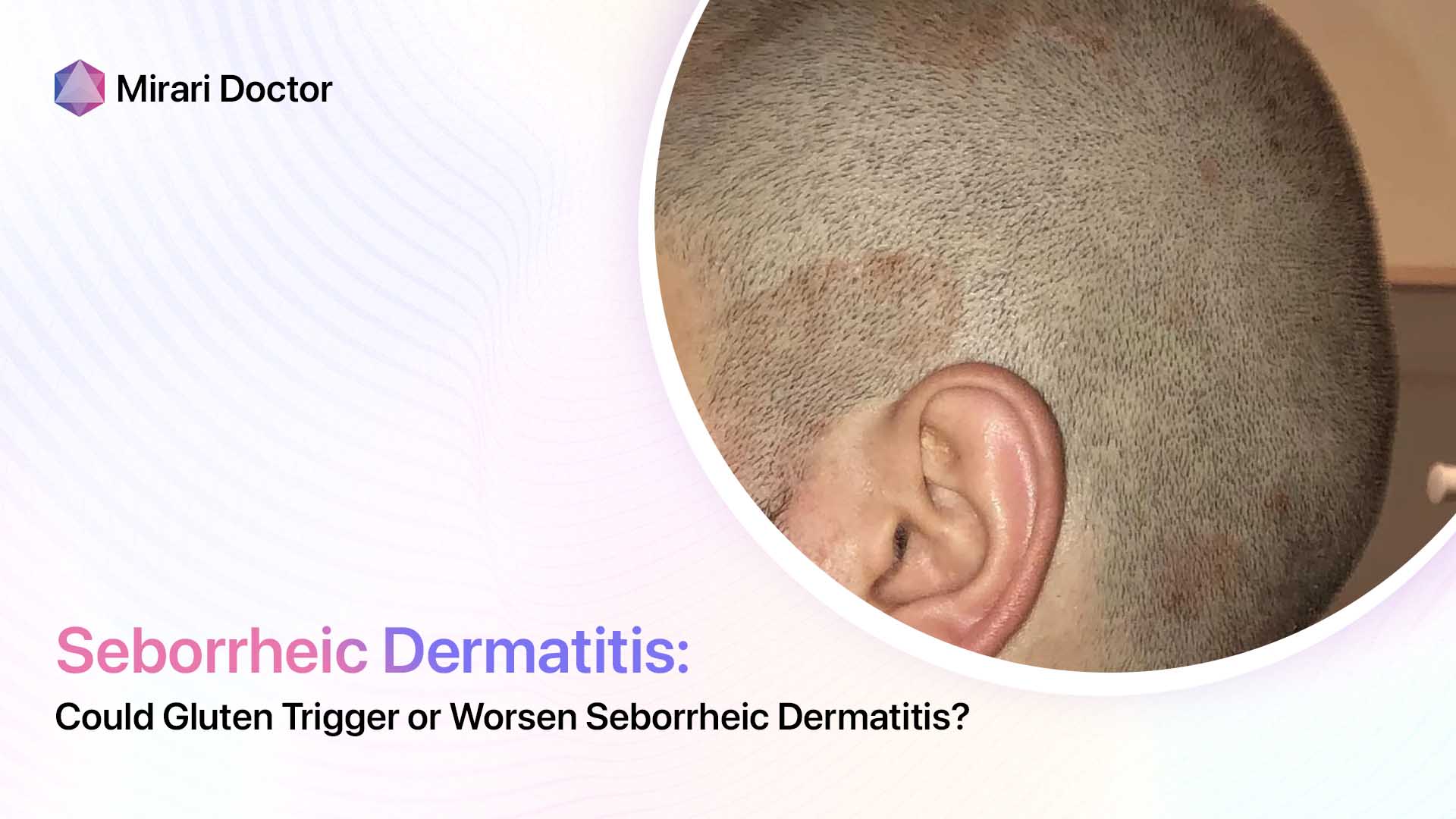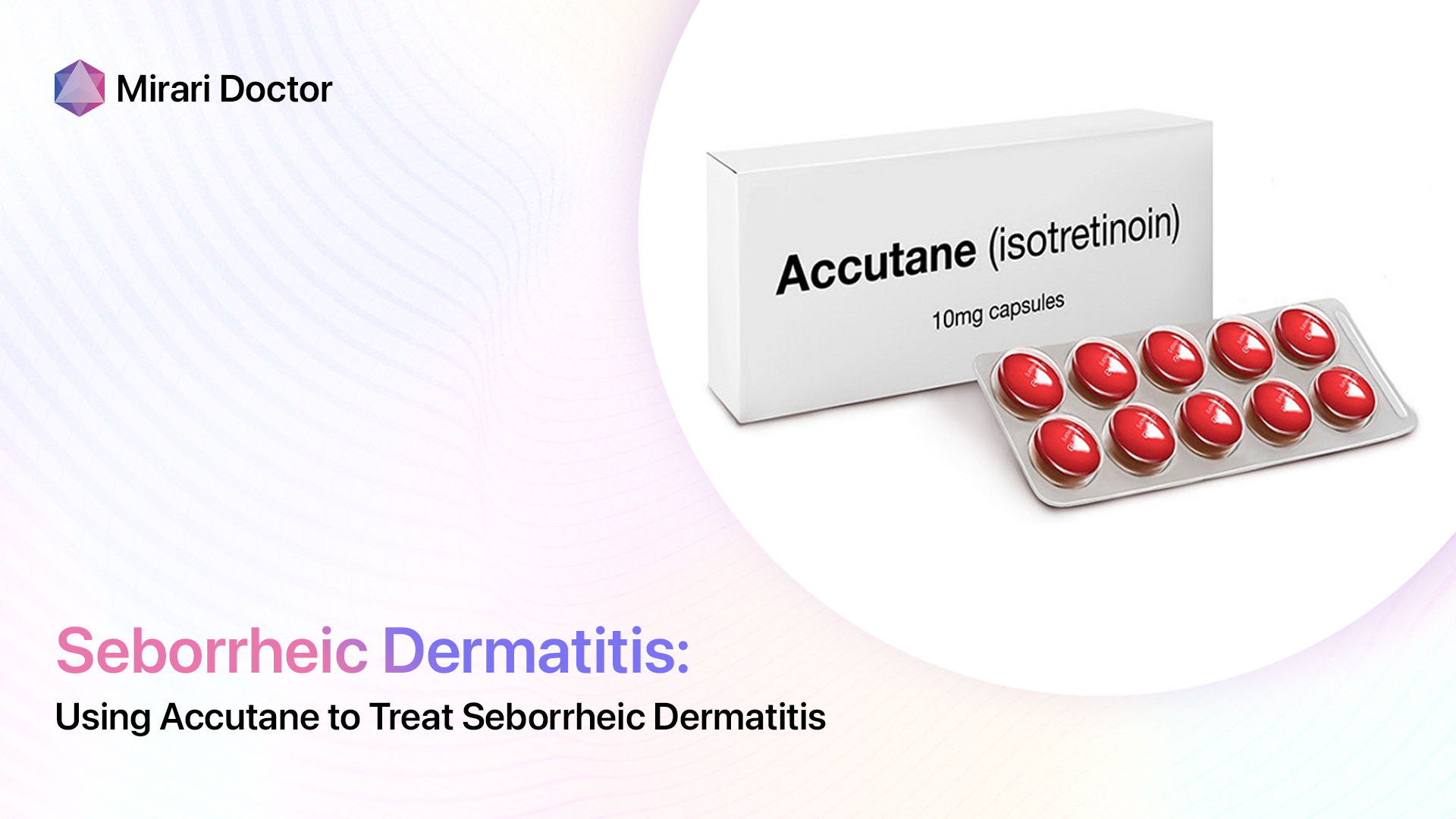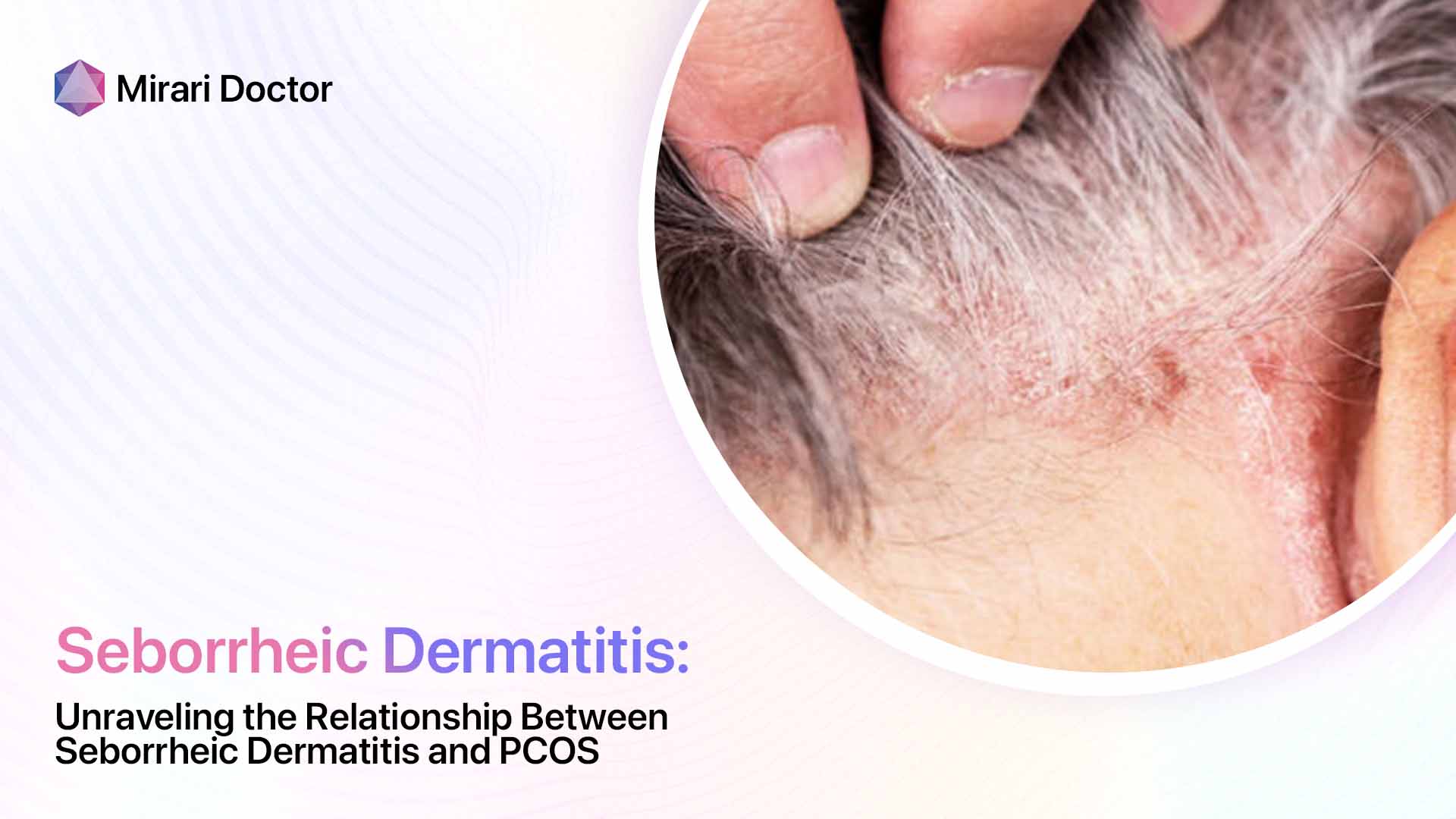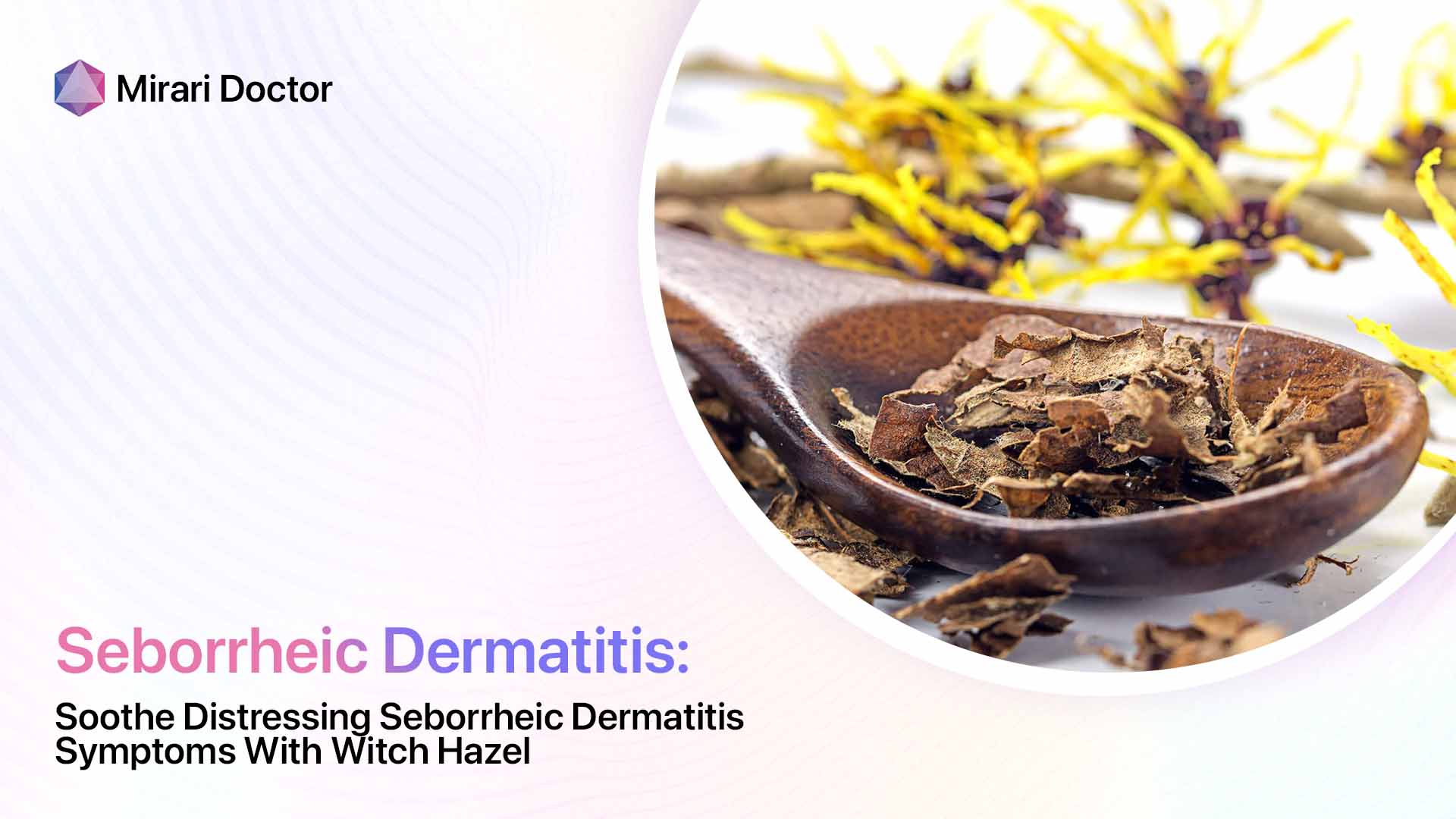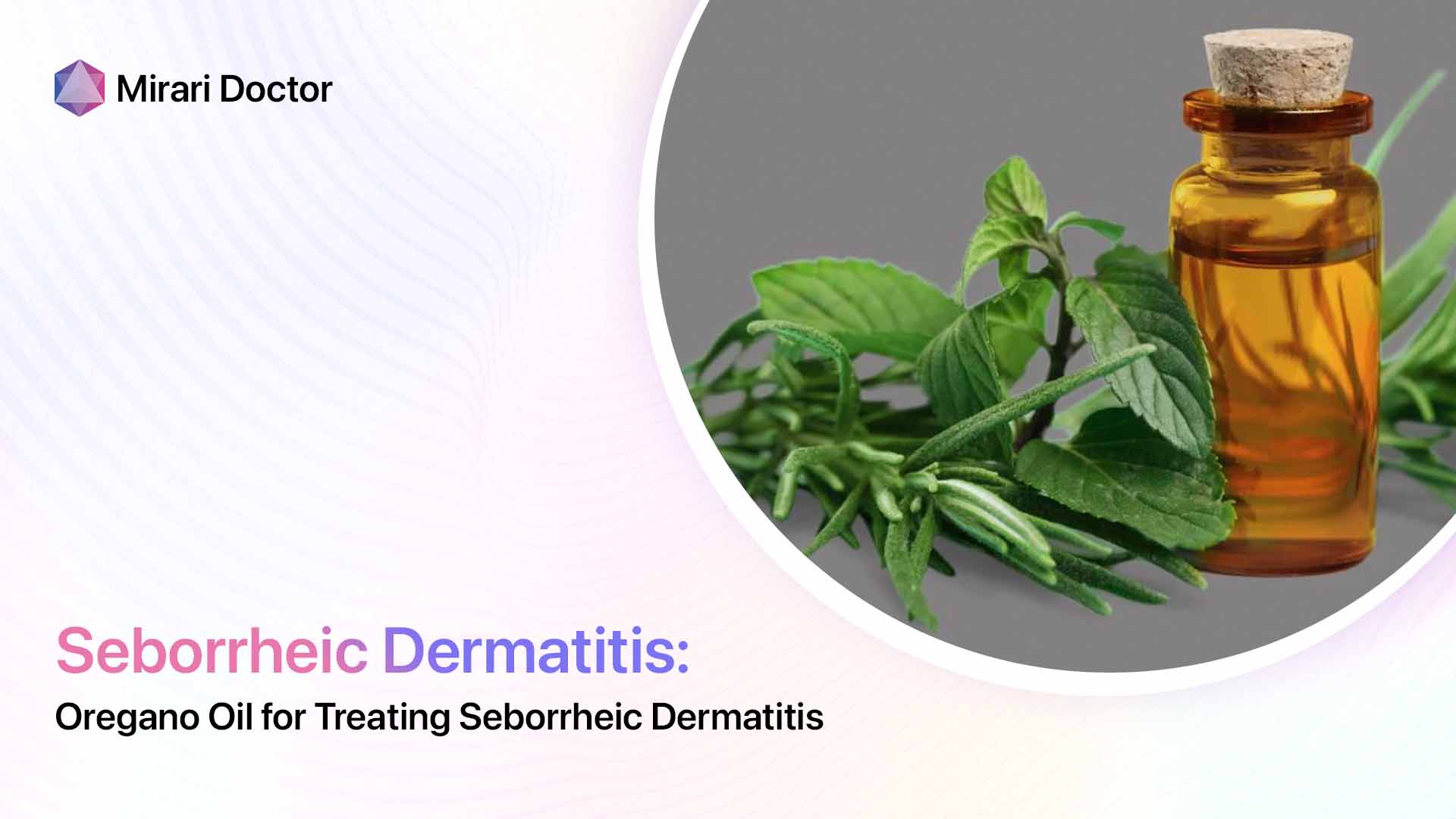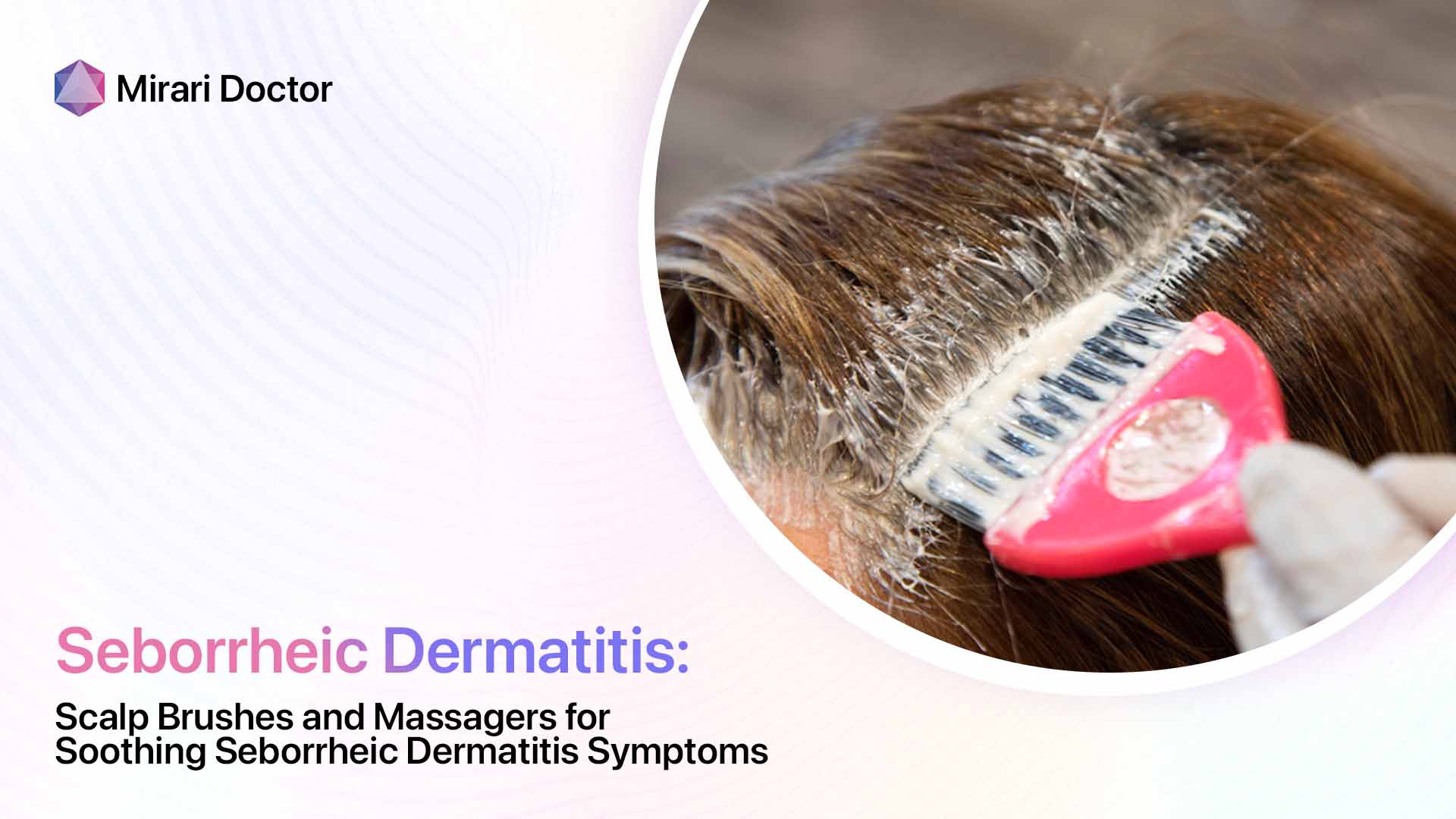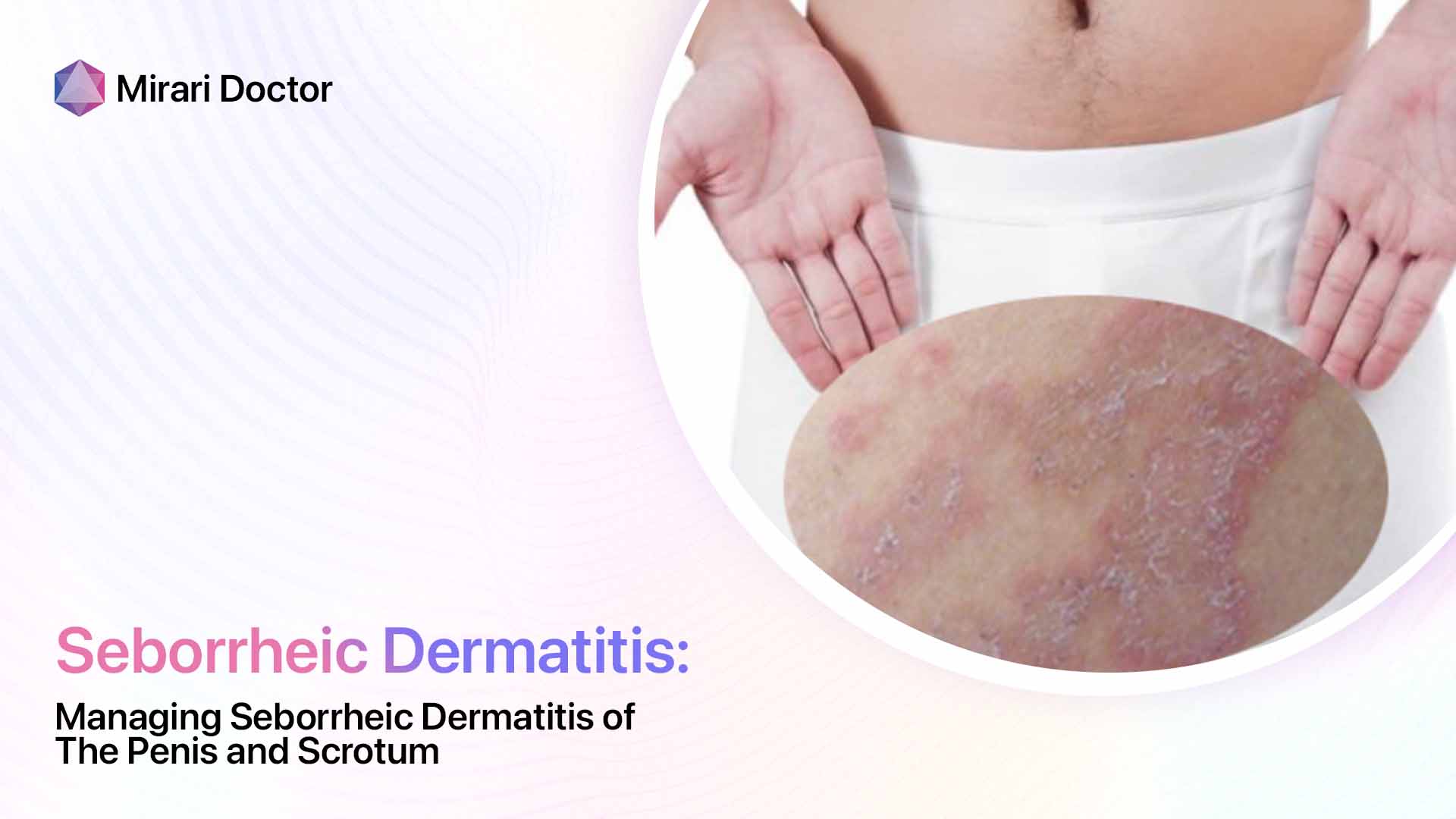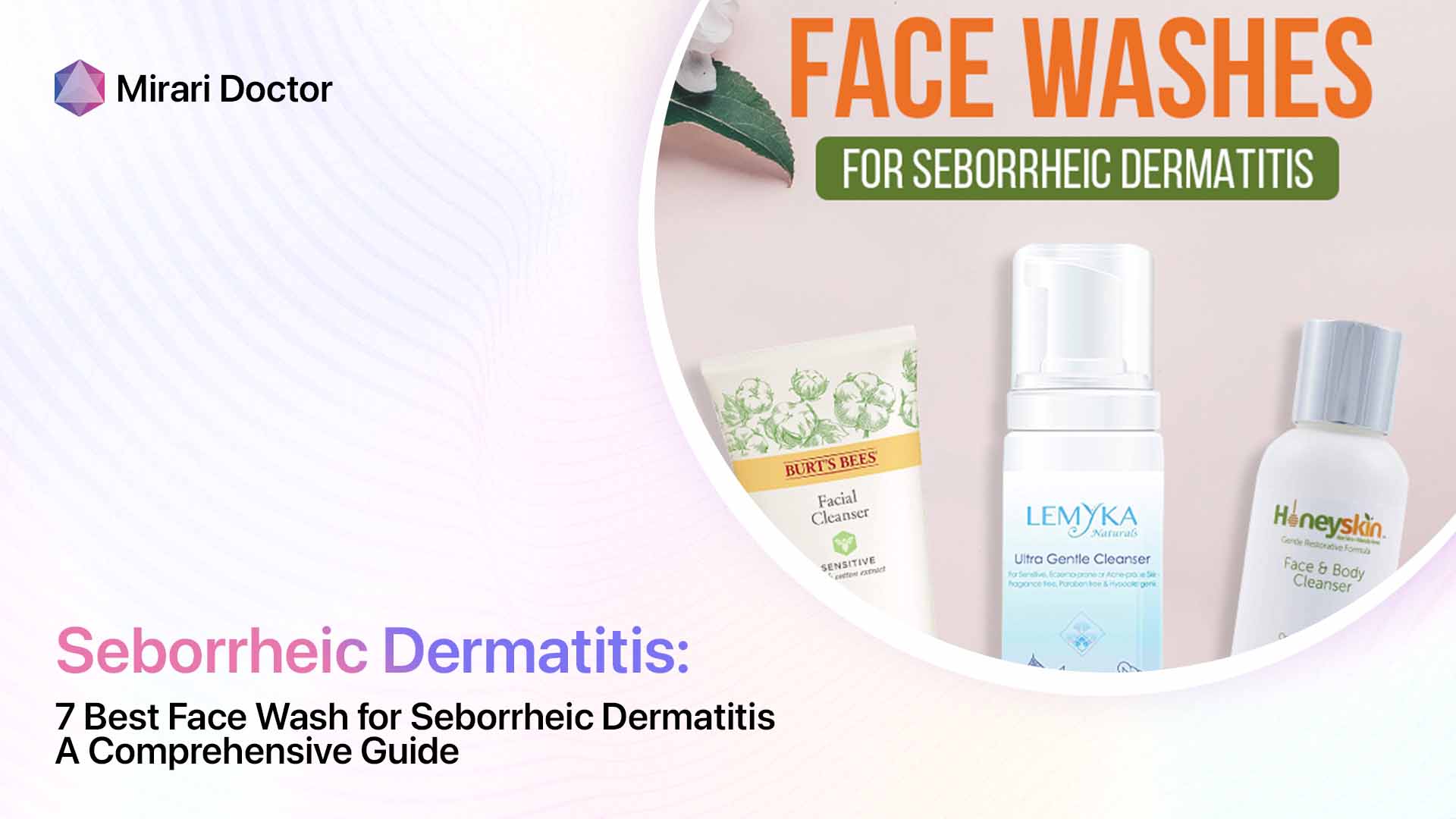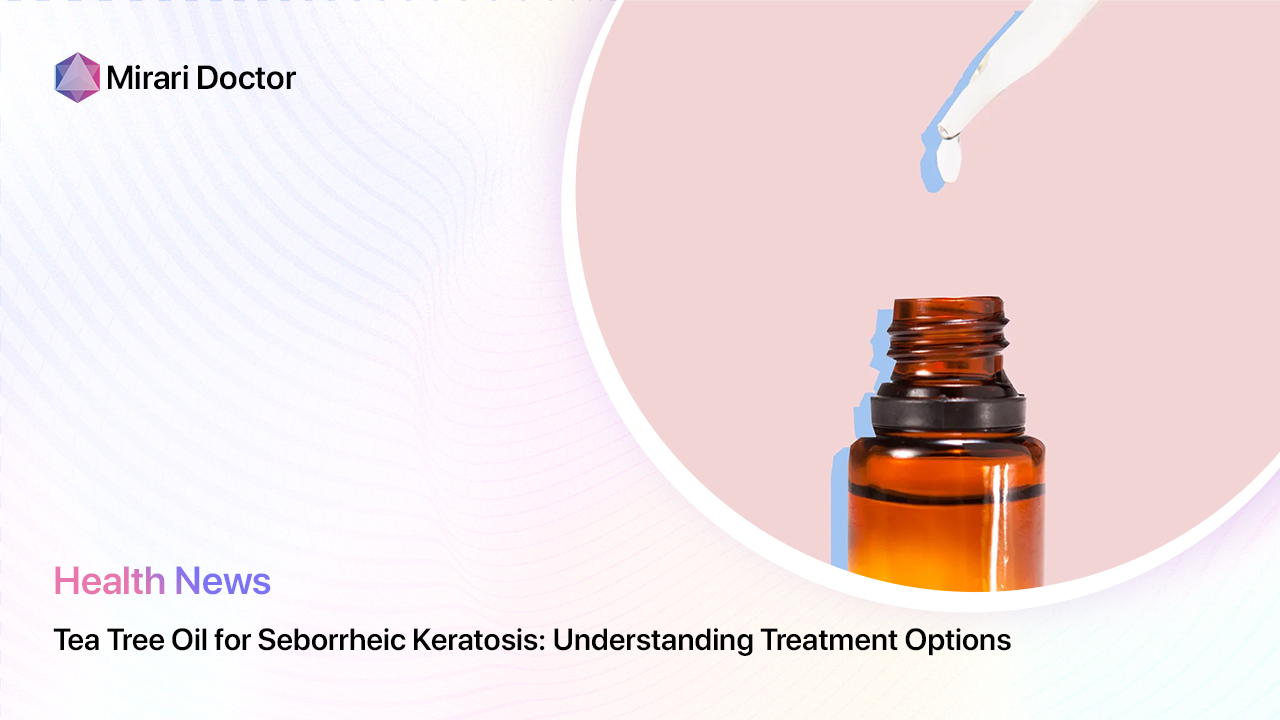
Seborrheic keratosis is a common skin condition that affects many people as they age. If you’re looking for information on how to treat these benign growths, you may have come across suggestions to use tea tree oil. As an authoritative source with expertise in dermatology, we aim to provide you with trustworthy information to help you make informed decisions about your skin health.
In this comprehensive guide, we’ll explore the potential benefits and risks of using tea tree oil for seborrheic keratosis, as well as other treatment options and important considerations for managing this condition. Understanding your options is crucial for maintaining healthy skin and overall well-being.
Seborrheic Keratosis vs. Other Skin Concerns
Before delving into treatment options, it’s essential to ensure that the growths you’re dealing with are indeed seborrheic keratoses. These benign skin lesions can sometimes resemble other conditions, including more serious concerns like melanoma.
Recognizing Seborrheic Keratosis: Signs and Symptoms
Seborrheic keratosis typically appears as raised, waxy, or wart-like growths on the skin. They can range in color from light tan to dark brown or black, and may have a slightly scaly or rough texture. These growths are usually painless and do not cause any symptoms, although they can sometimes become irritated or inflamed if rubbed or scratched.
Common locations for seborrheic keratoses include:
- Face
- Chest
- Back
- Shoulders
- Scalp
While seborrheic keratoses are benign and do not pose a health risk, their appearance can be bothersome for some people, leading them to seek treatment for cosmetic reasons.
Importance of Differential Diagnosis by a Dermatologist
If you’re unsure whether a growth on your skin is a seborrheic keratosis or something else, it’s crucial to have it evaluated by a dermatologist. These skin specialists are trained to diagnose and treat a wide range of skin conditions, including seborrheic keratosis and more serious concerns like skin cancer.
During a skin examination, your dermatologist will carefully inspect the growth and may use a dermatoscope (a specialized magnifying tool) to get a closer look. In some cases, they may recommend a biopsy to confirm the diagnosis and rule out other conditions.
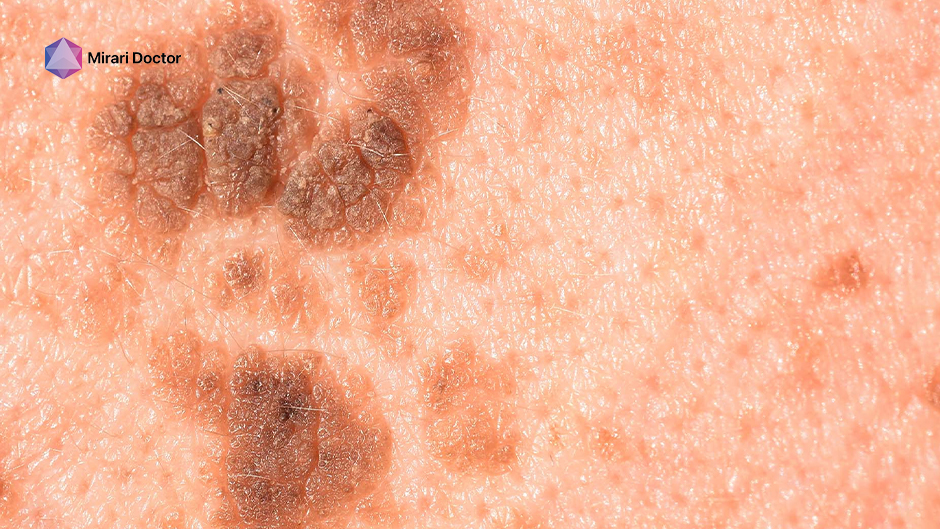
Can Tea Tree Oil Treat Seborrheic Keratosis?
Tea tree oil is an essential oil derived from the leaves of the Australian tea tree (Melaleuca alternifolia). It has gained popularity as a natural remedy for various skin conditions due to its antimicrobial and anti-inflammatory properties. Some people have suggested using tea tree oil as a treatment for seborrheic keratosis, but is there evidence to support this claim?
Limited Evidence and Potential Risks
While tea tree oil has been studied for its potential benefits in treating certain skin conditions like acne and athlete’s foot, there is limited scientific evidence to support its use for seborrheic keratosis specifically.
Moreover, using undiluted tea tree oil directly on the skin can cause irritation, redness, and itching, especially for those with sensitive skin. In some cases, it may even lead to allergic reactions or contact dermatitis.
If you’re considering using tea tree oil for seborrheic keratosis, it’s important to keep these potential risks in mind and to always dilute the oil properly in a carrier oil before applying it to your skin. It’s also advisable to perform a patch test on a small area of skin first to check for any adverse reactions.
Safer and More Effective Treatment Options
While natural remedies like tea tree oil may seem appealing, there are safer and more effective treatment options available for seborrheic keratosis. These include:
Cryotherapy, Freezing, or Scraping
One of the most common treatments for seborrheic keratosis is cryotherapy, which involves freezing the growth with liquid nitrogen. This causes the lesion to blister and eventually fall off within a few days to a couple of weeks.
Another option is curettage, where the dermatologist numbs the area and then scrapes off the growth with a special tool. Electrocautery, which uses an electric current to burn off the lesion, may also be used in combination with curettage.
It’s important to note that these procedures should only be performed by a trained dermatologist to minimize the risk of scarring or other complications. Attempting to remove seborrheic keratoses at home using methods like scraping or cutting can lead to infection, scarring, and other serious side effects.
If you’re concerned about seborrheic keratoses, the safest and most effective approach is to consult with a dermatologist who can recommend the most appropriate treatment plan for your individual needs and skin type.

Understanding Seborrheic Dermatitis
Another skin condition that is often confused with seborrheic keratosis is seborrheic dermatitis, also known as seborrheic eczema. While these two conditions have similar names, they are distinct entities with different causes, symptoms, and treatment approaches.
Differentiating Seborrheic Dermatitis from Seborrheic Keratosis
Seborrheic dermatitis is an inflammatory skin condition that causes flaky, red, and itchy patches on the skin, particularly in oil-prone areas like the scalp, face, and chest. When it affects the scalp, it is commonly referred to as dandruff. Unlike the solid, wart-like growths of seborrheic keratosis, seborrheic dermatitis presents as scaly, irritated patches.
Here’s a table comparing the key characteristics of these two conditions:
| Characteristic | Seborrheic Keratosis | Seborrheic Dermatitis |
|---|---|---|
| Appearance | Waxy, wart-like growths | Flaky, red, scaly patches |
| Texture | Slightly raised, rough | Greasy or dry scales |
| Location | Face, chest, back, shoulders | Scalp, face, chest, ears |
| Symptoms | Usually asymptomatic | Itching, burning, redness |
| Cause | Unknown, possibly age-related | Malassezia yeast overgrowth, inflammation |
Potential Causes and Triggers of Seborrheic Dermatitis
While the exact cause of seborrheic dermatitis is not fully understood, it is thought to be related to an overgrowth of a yeast called Malassezia, which is naturally present on the skin. This yeast feeds on the oils secreted by the skin’s sebaceous glands, and an imbalance in this process can lead to inflammation and the characteristic symptoms of seborrheic dermatitis.
Other factors that may contribute to or worsen seborrheic dermatitis include:
Malassezia Yeast
An overgrowth of this yeast, which is normally present on the skin, is believed to be a key factor in the development of seborrheic dermatitis. The yeast feeds on the oils produced by the skin’s sebaceous glands, leading to inflammation and irritation.
Stress and Cold Weather
Stress and cold, dry weather are common triggers for seborrheic dermatitis flare-ups. These factors can disrupt the skin’s barrier function and make it more susceptible to irritation and inflammation.
Other potential triggers include:
- Hormonal changes
- Certain medications
- Neurological conditions like Parkinson’s disease
- Compromised immune function
If you suspect that you may have seborrheic dermatitis, it’s important to consult with a dermatologist for an accurate diagnosis and appropriate treatment plan. They can help you identify and manage any triggers that may be contributing to your symptoms.
Diet and Seborrheic Dermatitis: Can Food Make a Difference?
Many people with seborrheic dermatitis wonder if their diet could be playing a role in their symptoms. While there is no one-size-fits-all diet for managing this condition, some people find that certain foods may trigger or worsen their flare-ups.
Potential Food Triggers to Identify and Avoid
Some common food triggers that have been reported by individuals with seborrheic dermatitis include:
Dairy
For some people, consuming dairy products like milk, cheese, and yogurt may exacerbate seborrheic dermatitis symptoms. This could be due to an underlying sensitivity or intolerance to lactose or other components in dairy.
Other potential food triggers include:
- High-sugar
- High-glycemic foods
- Processed and fatty foods
- Alcohol

Recommended Foods for Skin Health
On the flip side, incorporating certain nutrient-rich foods into your diet may help support healthy skin and potentially reduce inflammation associated with seborrheic dermatitis.
Fruits and Vegetables
Eating a variety of colorful fruits and vegetables can provide your skin with essential vitamins, minerals, and antioxidants. Some particularly beneficial options include:
- Leafy greens like spinach and kale
- Berries, especially blueberries and strawberries
- Citrus fruits like oranges and grapefruits
- Yellow and orange vegetables like sweet potatoes and carrots
These foods are rich in vitamins A, C, and E, which are important for maintaining skin health and fighting inflammation. Aim to include a range of colors in your diet to ensure you’re getting a diverse array of nutrients.
While dietary changes alone may not completely resolve seborrheic dermatitis, identifying and avoiding potential triggers while focusing on nutrient-dense, anti-inflammatory foods can be a helpful part of an overall management strategy. As always, it’s best to consult with a healthcare professional for personalized dietary advice based on your individual needs and sensitivities.

Essential Oils and Seborrheic Dermatitis: Exploring Natural Options
In addition to tea tree oil, some people with seborrheic dermatitis may be interested in exploring other essential oils as potential natural remedies. While these plant-based oils are often touted for their therapeutic properties, it’s crucial to approach their use with caution and under the guidance of a qualified healthcare provider.
Safety Considerations and Potential for Irritation
Essential oils are highly concentrated plant extracts that can be potent irritants if used improperly. When applied directly to the skin, especially in undiluted form, they can cause redness, itching, burning, and even allergic reactions in some individuals.
If you’re considering using any essential oil for seborrheic dermatitis, it’s essential to:
- Dilute the oil properly in a carrier oil like coconut, jojoba, or almond oil (usually 2-3 drops of essential oil per teaspoon of carrier oil)
- Perform a patch test on a small area of skin before applying more broadly
- Discontinue use immediately if you experience any irritation or adverse reaction
- Avoid applying essential oils to broken or inflamed skin
Some essential oils that have been suggested for seborrheic dermatitis include:
- Lavender oil
- Peppermint oil
- Rosemary oil
- Geranium oil
However, the evidence for their effectiveness is largely anecdotal, and more research is needed to establish their safety and efficacy for this specific condition.
Consulting a Dermatologist Before Use
Given the potential risks and limited scientific evidence, it’s always best to consult with a dermatologist before using any essential oils or other natural remedies for seborrheic dermatitis. They can provide personalized advice based on your skin type, severity of symptoms, and overall health status.
Your dermatologist may also recommend other evidence-based treatment options, such as antifungal shampoos or creams, topical corticosteroids, or oral medications, depending on your individual needs. They can help you develop a safe and effective management plan that incorporates both conventional treatments and appropriate natural remedies as desired.
Seborrheic dermatitis and vitamin deficiencies can sometimes go hand in hand. Let’s explore the potential role of vitamins in managing this condition.
Vitamins and Supplements for Seborrheic Dermatitis
While the exact causes of seborrheic dermatitis are not fully understood, some research suggests that certain vitamin deficiencies may play a role in its development or exacerbation. Two vitamins that have garnered particular interest are vitamin D3 and vitamin A.
Vitamin D3 and its Potential Benefits
Vitamin D3, also known as cholecalciferol, is a fat-soluble vitamin that plays a crucial role in immune function, calcium absorption, and skin health. Some studies have found that individuals with seborrheic dermatitis may have lower levels of vitamin D3 compared to those without the condition.
While more research is needed to fully understand the relationship between vitamin D3 and seborrheic dermatitis, some potential benefits of ensuring adequate vitamin D3 levels include:
- Regulating immune function and reducing inflammation
- Supporting the skin’s barrier function and integrity
- Promoting healthy cell growth and differentiation
Sunlight and Fatty Fish as Sources
The body can synthesize vitamin D3 when the skin is exposed to sunlight, specifically UVB radiation. However, factors like skin pigmentation, age, sunscreen use, and geographic location can affect the efficiency of this process.
Dietary sources of vitamin D3 are limited but include:
- Fatty fish like salmon, mackerel, and sardines
- Egg yolks
- Fortified foods like milk, orange juice, and cereals
If you’re concerned about your vitamin D3 levels, your healthcare provider can order a blood test and recommend appropriate supplementation if needed.

Vitamin A and its Role in Skin Health
Vitamin A is another fat-soluble vitamin that plays a vital role in maintaining healthy skin. It helps regulate cell growth and differentiation, supports immune function, and promotes the production of natural oils that keep the skin moisturized.
Some research suggests that vitamin A deficiency may be more common in people with seborrheic dermatitis, although the exact relationship is not yet clear. Ensuring adequate vitamin A intake through diet or supplementation may help support overall skin health and potentially reduce inflammation.
Liver and Sweet Potatoes as Sources
Dietary sources of vitamin A include:
- Liver and other organ meats
- Sweet potatoes
- Carrots
- Spinach and other leafy greens
- Fortified milk and cereals
Vitamin A can also be found in supplement form, often as retinol or beta-carotene. However, it’s important to note that excessive vitamin A intake can be toxic, so it’s best to consult with a healthcare professional before starting any new supplements.
Vitamin deficiencies are just one potential piece of the seborrheic dermatitis puzzle. Working with a dermatologist can help you identify and address any underlying nutritional imbalances while also developing a comprehensive treatment plan tailored to your individual needs.

Conclusion: Managing Seborrheic Keratosis and Seborrheic Dermatitis
Navigating the world of seborrheic keratosis and seborrheic dermatitis can feel overwhelming, especially with the abundance of information and treatment options available. While natural remedies like tea tree oil and dietary modifications may offer some potential benefits, it’s crucial to approach them with caution and under the guidance of a qualified healthcare professional.
Importance of Consulting a Dermatologist for Diagnosis and Treatment
The most important step in managing these skin conditions is to consult with a board-certified dermatologist. They can provide an accurate diagnosis, rule out other potential skin concerns, and develop a personalized treatment plan based on your individual needs and preferences.
Your dermatologist can also:
- Assess the severity of your condition and monitor its progression over time
- Recommend evidence-based treatments like topical medications or in-office procedures
- Provide guidance on appropriate use of natural remedies and potential interactions with other treatments
- Offer advice on skincare routines, sun protection, and lifestyle modifications to support skin health
Remember, while seborrheic keratosis and seborrheic dermatitis can be frustrating and sometimes uncomfortable, they are manageable conditions. With the right combination of professional guidance, effective treatments, and self-care strategies, you can work towards clearer, healthier skin and improved quality of life.
Key Takeaways:
- Seborrheic keratosis and seborrheic dermatitis are common skin conditions that can be managed with proper treatment and care.
- Tea tree oil and other essential oils may offer some potential benefits but should be used with caution and under the guidance of a healthcare professional.
- Identifying and avoiding potential dietary triggers, such as dairy and high-sugar foods, may help reduce seborrheic dermatitis flare-ups for some individuals.
- Vitamin D3 and vitamin A may play a role in skin health, but more research is needed to understand their specific relationship to seborrheic dermatitis.
- Consulting with a board-certified dermatologist is crucial for accurate diagnosis, personalized treatment plans, and ongoing management of these skin conditions.
FAQs
Is Seborrheic Keratosis contagious?
No, seborrheic keratosis is not contagious.
Can Seborrheic Keratosis turn into cancer?
No, seborrheic keratosis is a benign skin growth and does not have the potential to transform into skin cancer. However, it’s always important to have any new or changing skin lesions evaluated by a board-certified dermatologist to ensure an accurate diagnosis and rule out other concerning skin conditions.
What are some home remedies for Seborrheic Dermatitis?
While some natural remedies like tea tree oil, apple cider vinegar, and oatmeal baths may offer temporary relief from the symptoms of seborrheic dermatitis, it’s crucial to approach these options with caution. Many home remedies can potentially irritate the skin further, especially if used undiluted or without proper guidance. Before trying any new treatments on your skin, it’s always best to consult with a dermatologist who can provide personalized advice based on your individual needs and skin type.
How long does Seborrheic Dermatitis last?
Seborrheic dermatitis is a chronic condition, which means that it can persist for an extended period or even indefinitely. However, the severity of symptoms may fluctuate over time, with periods of remission and flare-ups. While there is no cure for seborrheic dermatitis, working with a dermatologist to develop an effective management plan can help minimize the frequency and intensity of flare-ups, allowing you to maintain clearer, more comfortable skin.
Are there any dietary changes that can help Seborrheic Dermatitis?
Some individuals with seborrheic dermatitis find that identifying and avoiding potential food triggers can help reduce the severity or frequency of flare-ups. Common culprits include dairy products, sugary or high-glycemic foods, and sometimes gluten. However, the relationship between diet and seborrheic dermatitis is highly individual, and what works for one person may not work for another.
If you suspect that certain foods may be exacerbating your symptoms, it’s best to consult with a healthcare professional, such as a registered dietitian or dermatologist, who can provide personalized guidance on how to safely and effectively modify your diet. They can help you identify potential triggers while ensuring that you maintain adequate nutrition and avoid unnecessary restrictions.
Key Takeaways
- Seborrheic keratosis and seborrheic dermatitis are common skin conditions that can be managed with proper treatment and care.
- While tea tree oil and other natural remedies may offer potential benefits, they should be used with caution and under the guidance of a healthcare professional to minimize the risk of skin irritation.
- Identifying and avoiding potential dietary triggers, such as dairy and high-sugar foods, may help reduce seborrheic dermatitis flare-ups for some individuals.
- Vitamin D3 and vitamin A may play a role in supporting skin health, but more research is needed to understand their specific relationship to seborrheic dermatitis.
- Consulting with a board-certified dermatologist is essential for accurate diagnosis, personalized treatment plans, and ongoing management of seborrheic keratosis and seborrheic dermatitis.
By understanding the complexities of these skin conditions and working closely with a qualified dermatologist, you can take control of your skin health and work towards clearer, more comfortable skin. Remember, everyone’s skin is unique, and what works for one person may not work for another, so be patient and persistent in finding the best treatment approach for your individual needs.
Related articles
Made in USA


